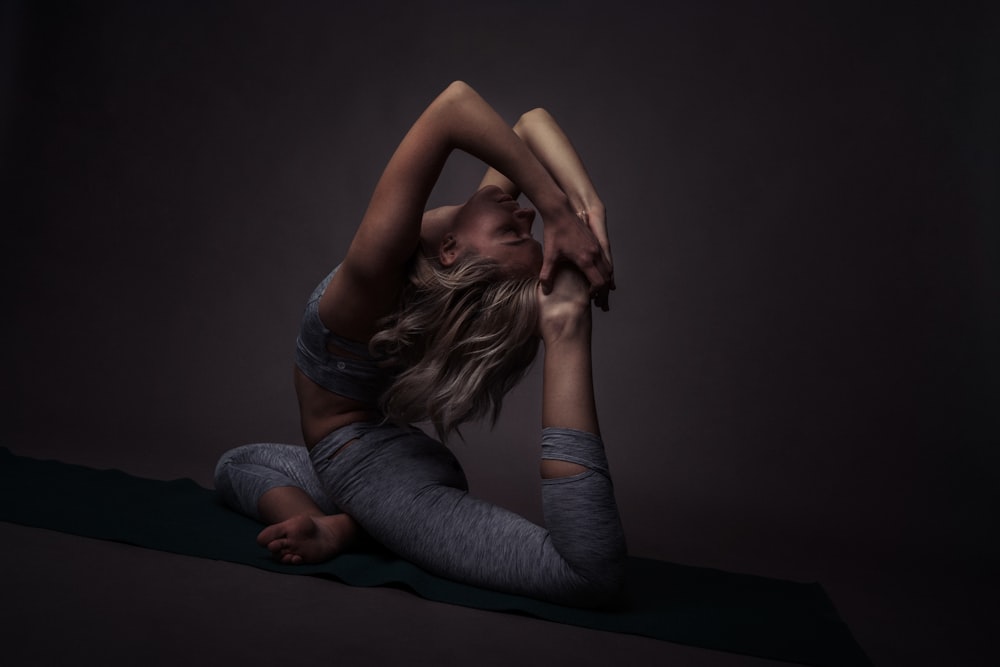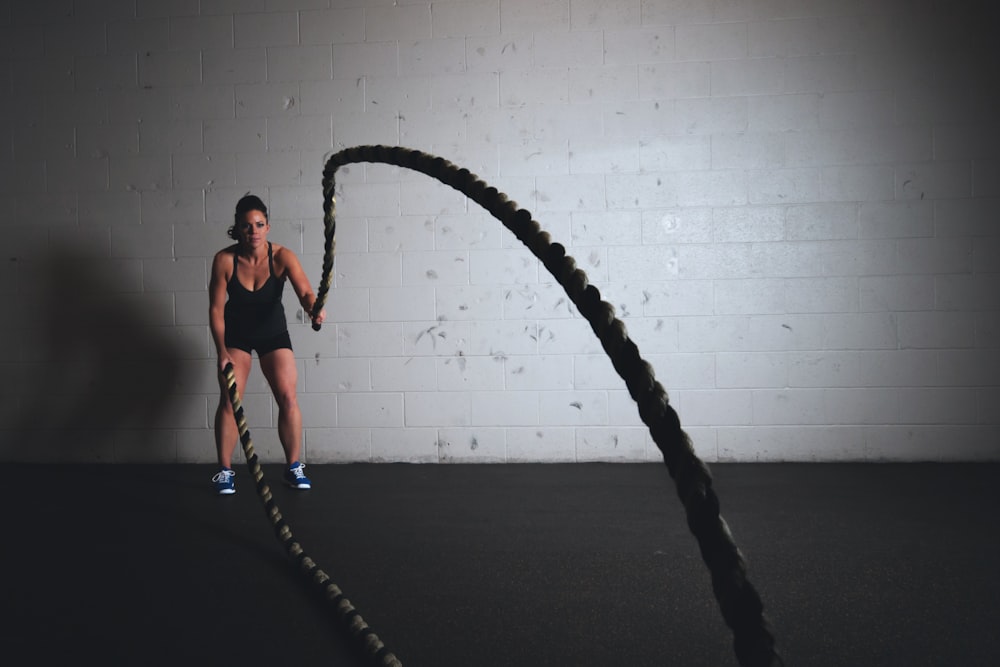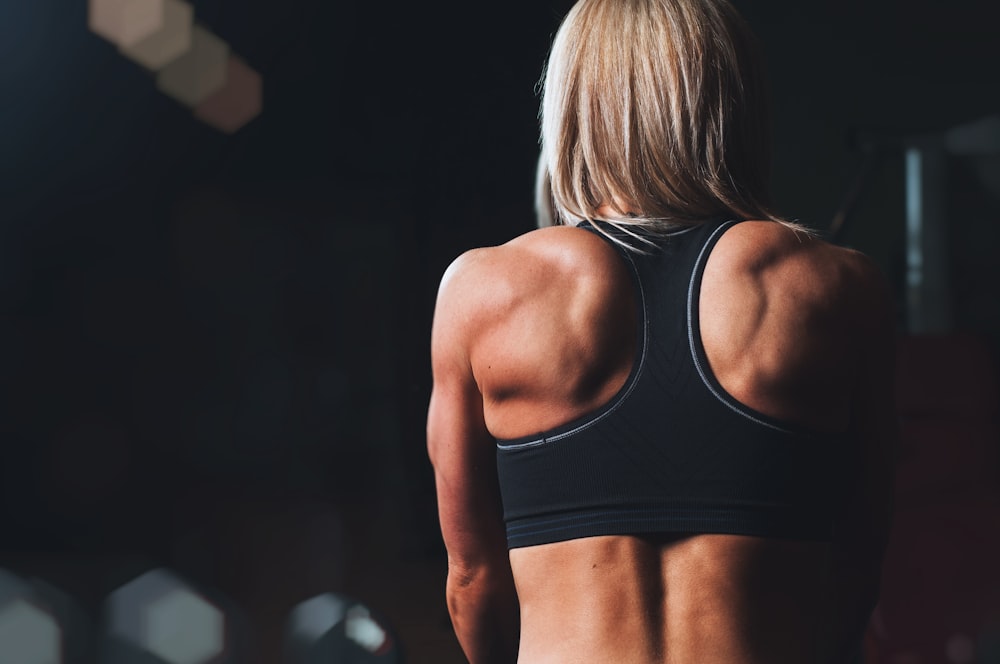Introduction:
Embarking on a fitness journey often involves more than just building muscle or shedding pounds; it’s about achieving overall wellness, which includes flexibility. For beginners, diving into a full-body stretching routine can be intimidating, but it’s essential for improving flexibility, preventing injuries, and enhancing performance in other physical activities. In this article, we’ll explore a beginner-friendly full-body stretching routine, designed to ease you into the world of flexibility training and set a solid foundation for your fitness journey.
Understanding the Importance of Stretching:
Before we delve into the specifics of a full-body stretching routine, it’s crucial to understand why stretching is essential, especially for beginners. Stretching not only improves flexibility but also increases blood flow to the muscles, enhances range of motion, and reduces the risk of injury during exercise or daily activities. For beginners, incorporating stretching into their fitness routine can help alleviate muscle stiffness, improve posture, and promote relaxation, making it an integral component of overall wellness.
Getting Started:
The first step in implementing a full-body stretching routine is to set aside dedicated time for stretching sessions. Aim for at least 10-15 minutes of stretching after your workout or as a standalone activity on rest days. Find a quiet, comfortable space where you can focus on your stretches without distractions. Remember to breathe deeply and gently ease into each stretch, avoiding any sudden or jerky movements that could strain your muscles.
Neck and Shoulders:
Begin your full-body stretching routine by focusing on the neck and shoulders, two areas prone to tension and tightness, especially for those who spend long hours sitting at a desk or computer. Start by gently tilting your head to one side, holding for 10-15 seconds, then repeating on the other side. Next, roll your shoulders backward in circular motions, then forward, to release tension in the shoulder muscles.
Upper Body:
Continue your stretching routine by targeting the upper body muscles, including the chest, arms, and back. Perform stretches such as the doorway chest stretch, triceps stretch, and seated spinal twist to improve flexibility and mobility in these areas. Remember to maintain proper posture and alignment throughout each stretch, focusing on lengthening the muscles rather than forcing them into uncomfortable positions.
Lower Body:
Transition to stretches that target the lower body muscles, including the quadriceps, hamstrings, calves, and hips. Perform stretches such as the standing quad stretch, hamstring stretch, calf stretch, and hip flexor stretch to release tension and improve flexibility in these key muscle groups. Pay attention to any areas of tightness or discomfort and adjust the intensity of your stretches accordingly.
Core and Back:
Don’t forget to include stretches that target the core and back muscles, which play a vital role in maintaining stability and proper posture. Incorporate stretches such as the cat-cow stretch, child’s pose, and seated forward fold to release tension in the spine, improve spinal mobility, and strengthen the core muscles. Focus on engaging the core muscles and maintaining a neutral spine throughout each stretch.
Breathing and Relaxation:
As you progress through your full-body stretching routine, remember to focus on your breath and incorporate relaxation techniques to enhance the effectiveness of your stretches. Take slow, deep breaths as you move through each stretch, inhaling deeply through your nose and exhaling fully through your mouth. Allow yourself to relax into each stretch, letting go of any tension or stress in your body.
Progressing Your Routine:
As you become more comfortable with your full-body stretching routine, don’t be afraid to challenge yourself and gradually increase the intensity and duration of your stretches. Experiment with different stretching techniques, such as dynamic stretching, static stretching, and proprioceptive neuromuscular facilitation (PNF) stretching, to continue improving flexibility and range of motion. Listen to your body and modify your stretches as needed to avoid overstretching or injury.
Conclusion:
Incorporating a full-body stretching routine into your fitness regimen is an essential step towards improving flexibility, preventing injuries, and enhancing overall wellness, especially for beginners. By dedicating time to stretch regularly and focusing on proper technique and breathing, you can gradually increase flexibility, reduce muscle tension, and improve your performance in other physical activities. So, don’t wait any longer—start your stretching journey today and reap the benefits of a more flexible and resilient body. Read more about full body stretching routine for beginners




